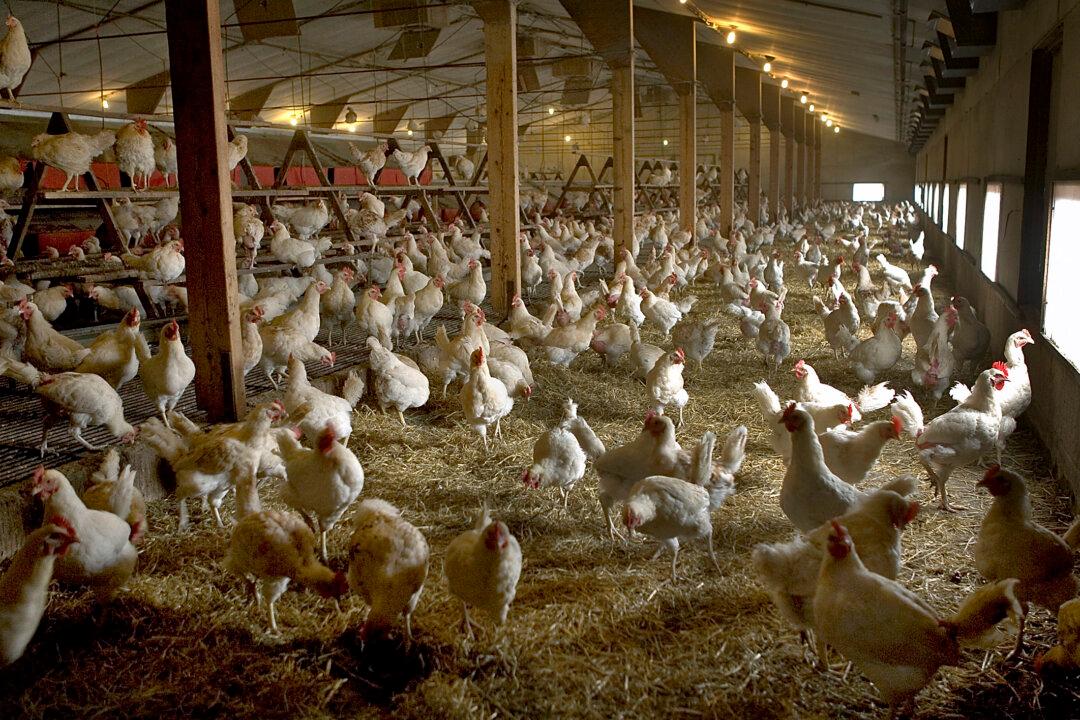After several new outbreaks in Missouri and Iowa, along with other states, more than 2 million birds—mainly chickens and turkeys—died between February and March because of the highly pathogenic avian influenza (HPAI), federal officials said in a recent update.
In New Castle, Delaware, between late February and early March, roughly 1.4 million poultry died after becoming infected with bird flu, according to the U.S. Department of Agriculture (USDA) in a March 10 update on its website.





